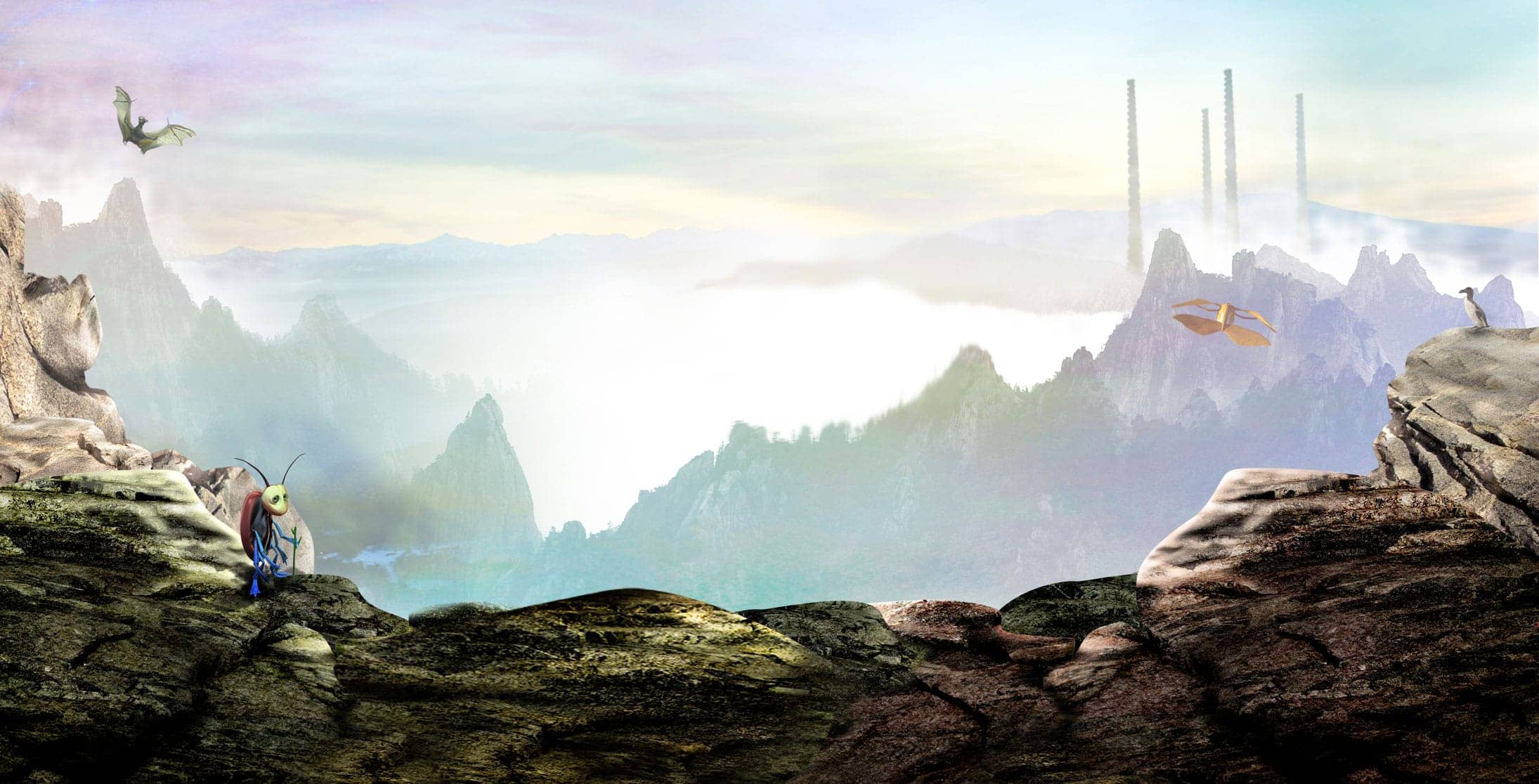Introduction – Unveiling Nature’s Secrets: :
The discovery of new species continues to captivate scientists and nature enthusiasts alike. We are constantly expanding our understanding of the incredible diversity of life on Earth. These discoveries not only deepen our appreciation for the natural world but also provide vital knowledge for conservation, medicine, and the preservation of our planet’s precious biodiversity.
Methods of Discovery:
- Traditional Exploration: Biologists have long ventured into remote and unexplored regions to search for new species. These expeditions involve fieldwork, where scientists observe, collect, and document organisms in their natural habitats. By examining physical characteristics, behaviour, DNA, and other traits, taxonomists can determine whether they have encountered a previously unknown species.
- DNA Analysis: Recent advancements in genetic sequencing have revolutionised the process of species discovery. DNA analysis allows scientists to compare genetic information between individuals and identify distinct genetic signatures. This technique has revealed numerous cryptic species, which appear identical externally but are genetically distinct.
- Citizen Science: In the digital age, ordinary individuals can contribute to species discovery through citizen science projects. Platforms like iNaturalist and eBird enable enthusiasts to photograph and document organisms they encounter. These observations, verified by experts, contribute to a collective effort in identifying new species and mapping their distribution.
- Microbes and Microorganisms: The microscopic world remains largely unexplored. Scientists are constantly discovering new species of bacteria, fungi, and other microorganisms. These findings provide insights into their ecological roles and potential applications in various fields, including medicine, agriculture, and biotechnology.
Exciting New Species Discoveries in 2023:
- DiCaprio’s snail-eating snake (Sibon irmelindicaprioae): Found in Panama and Colombia, this tree-dwelling species is named after Leonardo DiCaprio’s mother. It is classified as Near Threatened due to habitat conversion to pasture.
- Stream treefrog (Hyloscirtus tolkieni): Named in honour of author J.R.R. Tolkien, this species was discovered in the Río Negro-Sopladora National Park of Ecuador. Only one individual has been found so far.
- Bent-toed gecko (Cyrtodactylus santana): This is the first species of bent-toed gecko described in the Democratic Republic of Timor-Leste. It was found in the Lene Hara cave in Nino Konis Santana National Park.
- Gymnures (Podogymnura intermedia and P. minima): These two new species of gymnures, also known as hairy hedgehogs or moonrats, were discovered in the Philippines. They are threatened by potential habitat destruction due to mining, agriculture, and road construction.
- Pacific Deep-Sea Species: Scientists have discovered more than 5,000 new species living on the seabed in an untouched area of the Pacific Ocean.
- New Tree Frog in Peru: Researchers in Peru published their discovery of a new species of tree frog, found in Peru’s Ucayali River.
- Hemidactylus paucifasciatus: A new species of large-bodied, tuberculate Gecko from Northern Odisha, India.
- Cambodian Blue-Crested Agama: This is among the 380 new species listed in the World Wildlife Fund’s latest update on the Mekong region.
- Bitis harenna: A new species of viper that lives in Ethiopia’s Bale Mountains National Park.
- New Baleen Whale Species: A new species of filter-feeding baleen whale that grows up to 42 feet long and weighs as much as 30 tons.
Biodiversity, the variety of life forms on our planet, is vital for the health and sustainability of ecosystems. Each species plays a unique role in maintaining the delicate balance of nature. The discovery of new species is a testament to the wonders of nature and the continuous efforts of scientists and enthusiasts. These findings enrich our knowledge of the natural world and have profound implications for conservation, medicine, and our understanding of ecosystems.
‘Lost on Infinity’: Read-Along App:
Look out for our newest read-along version of ‘Lost on Infinity’, with beautiful illustrations.
Kids Podcast:
Hear more about nature, science, and biomimicry in our podcast series, ‘Stories, Science, & Secrets’.
Resources for Teachers and Families:
Download our FREE lesson plans and slides about Extinction and Biomimicry, themes in our stories.

